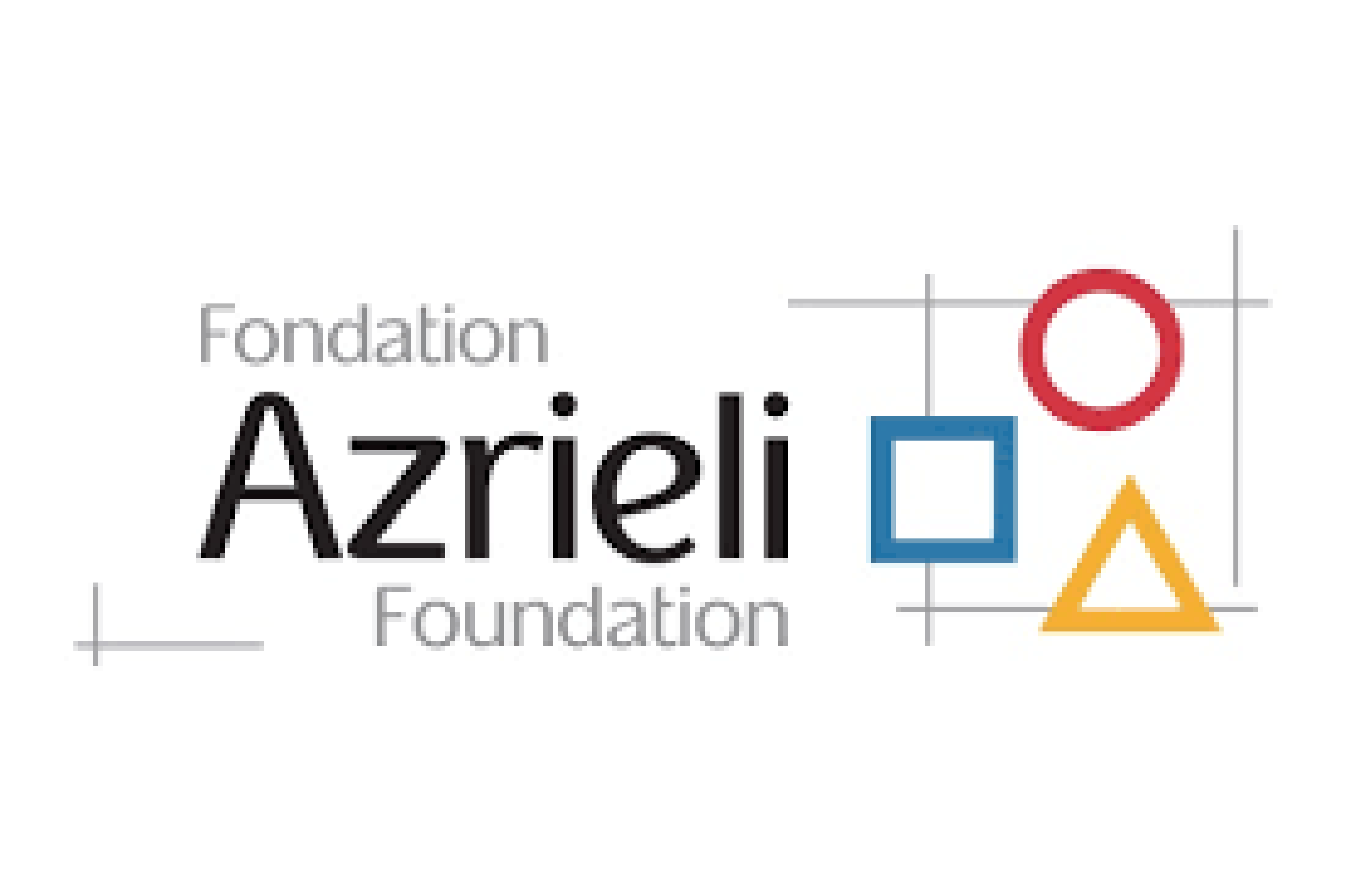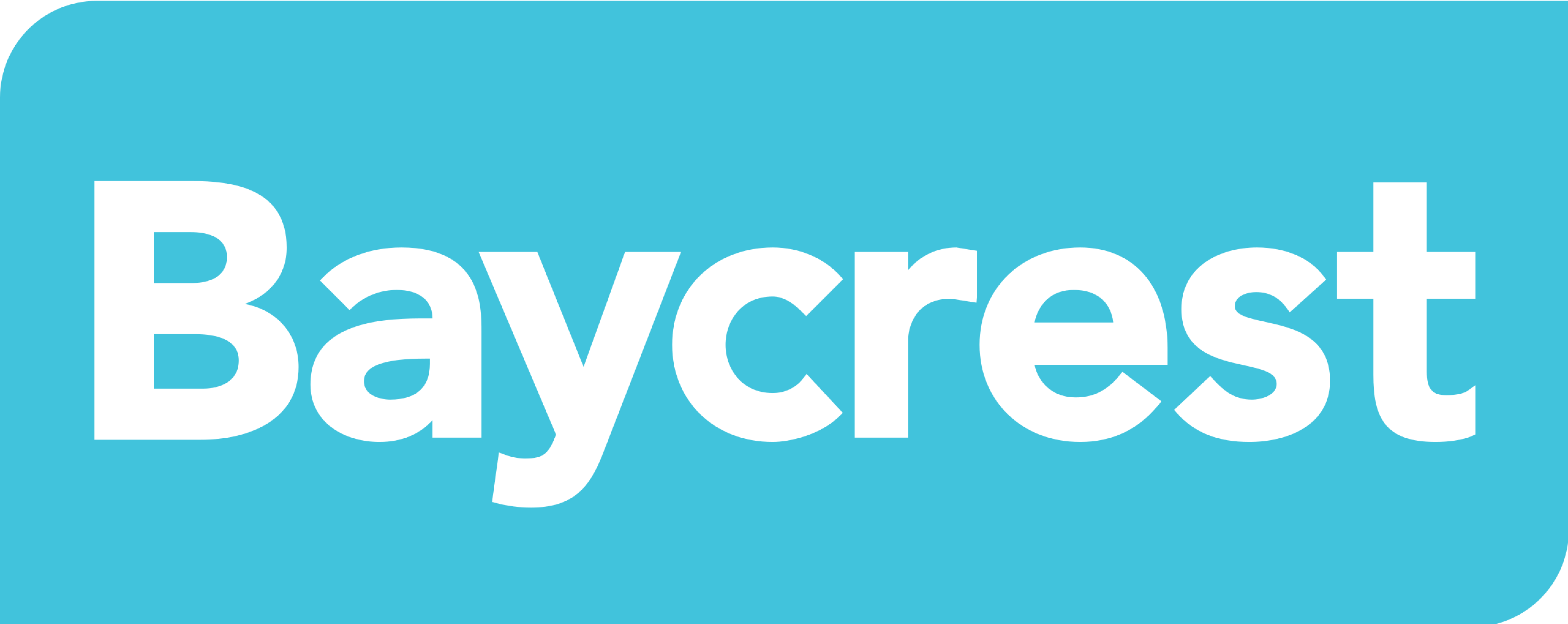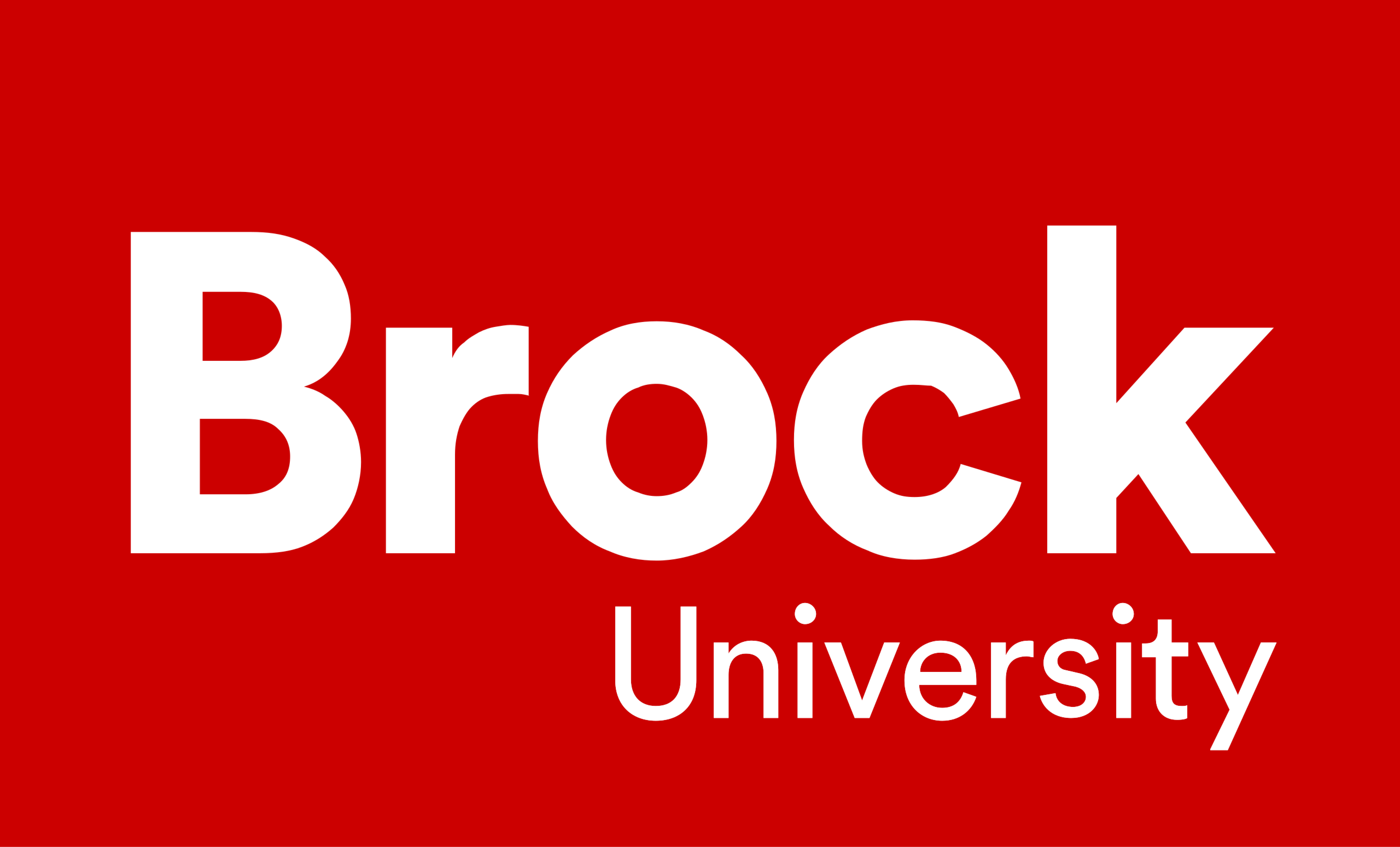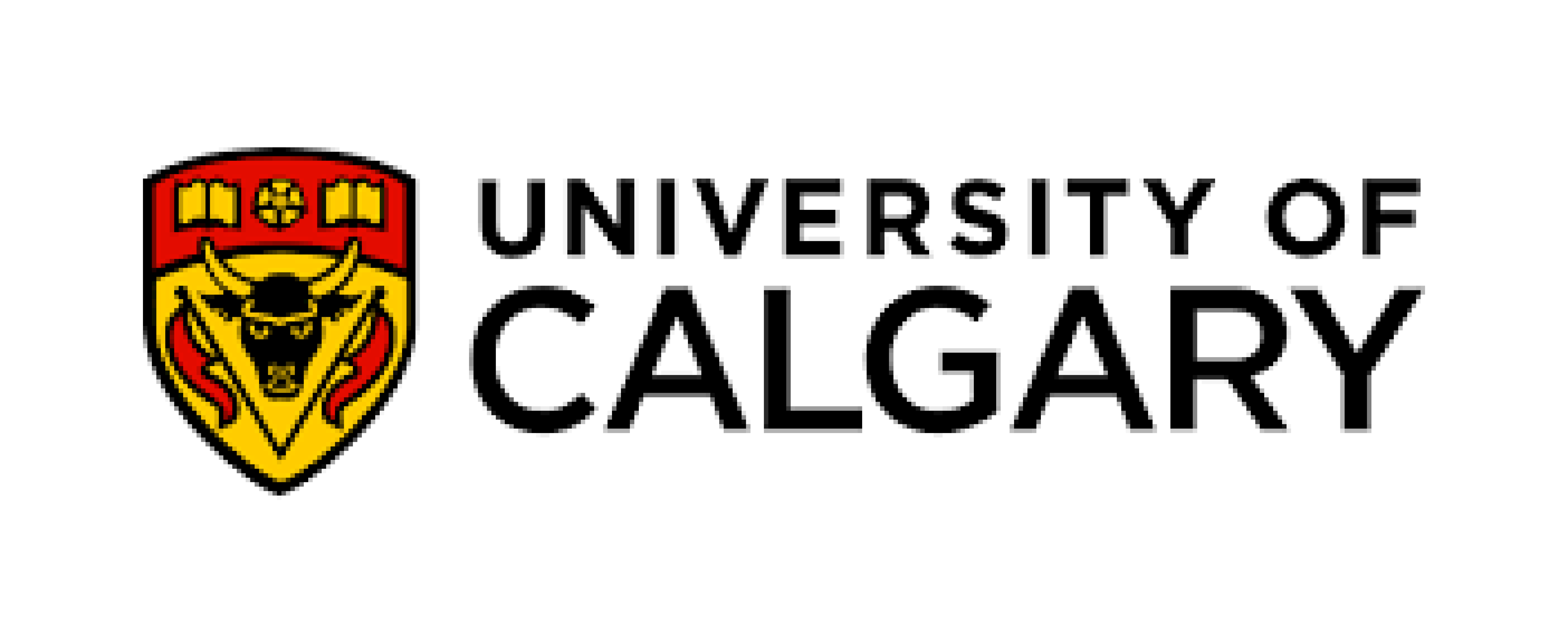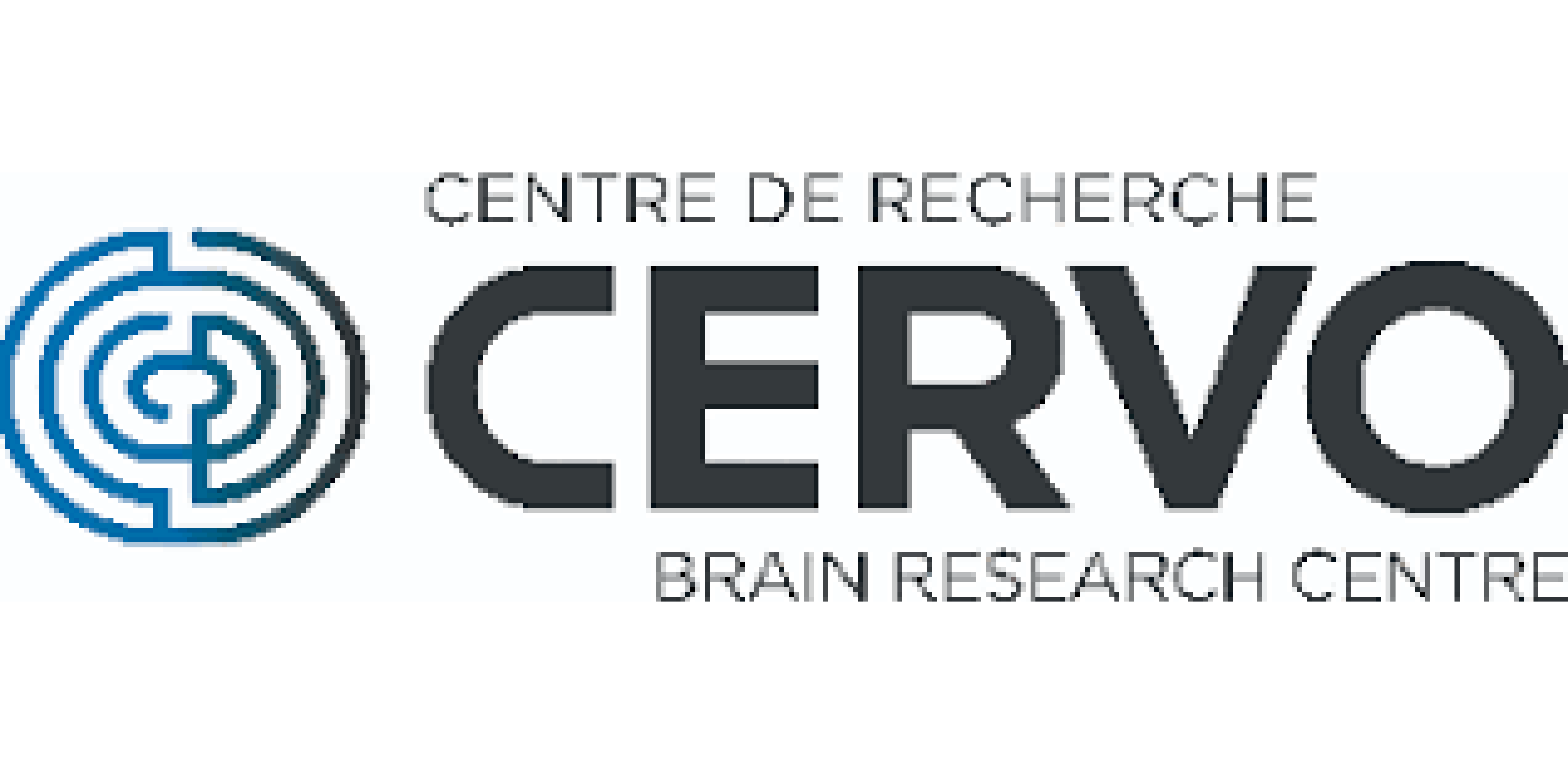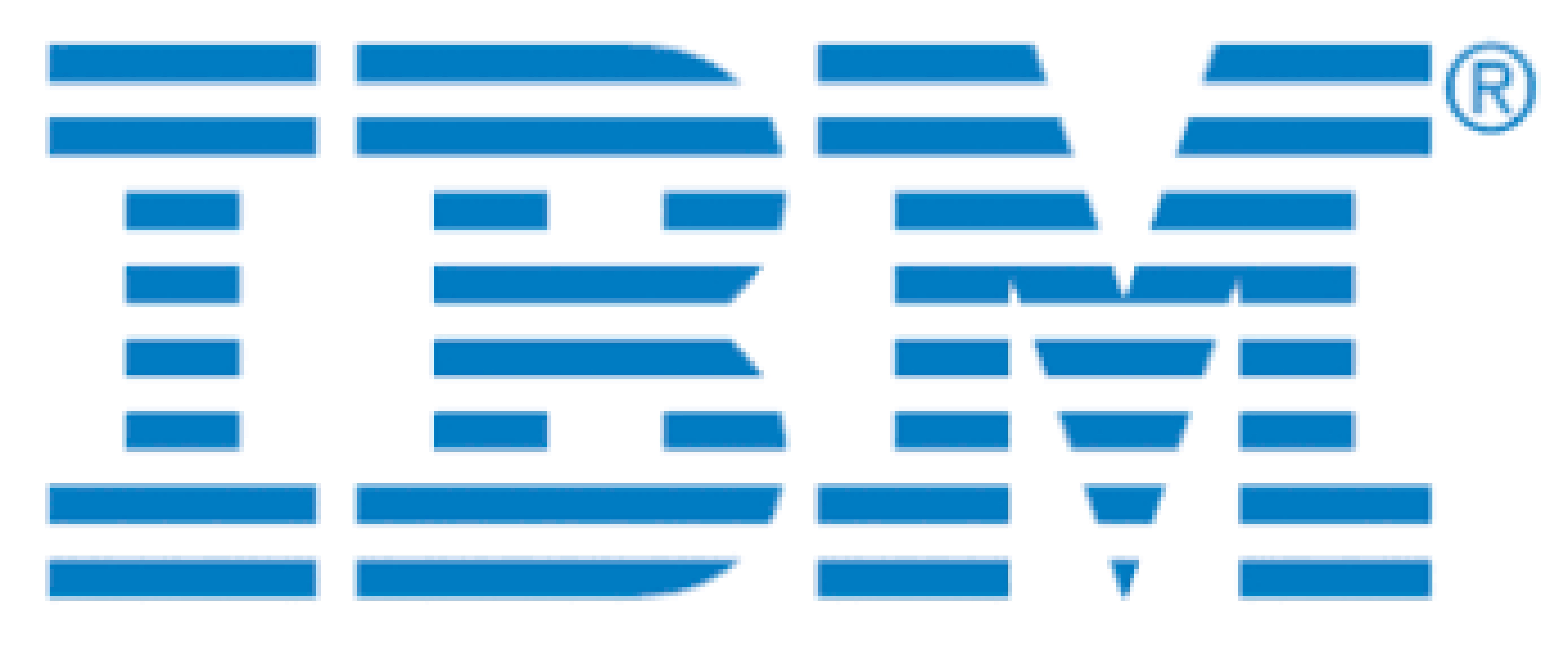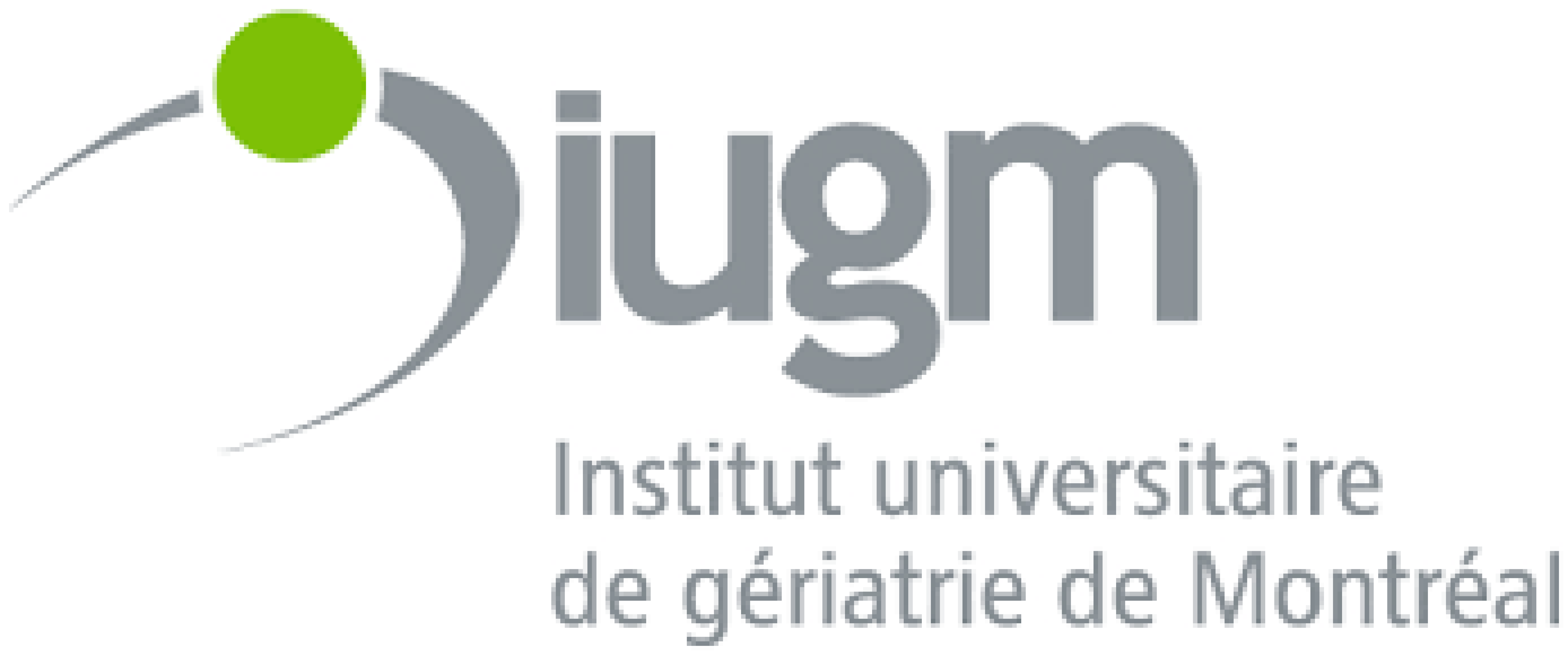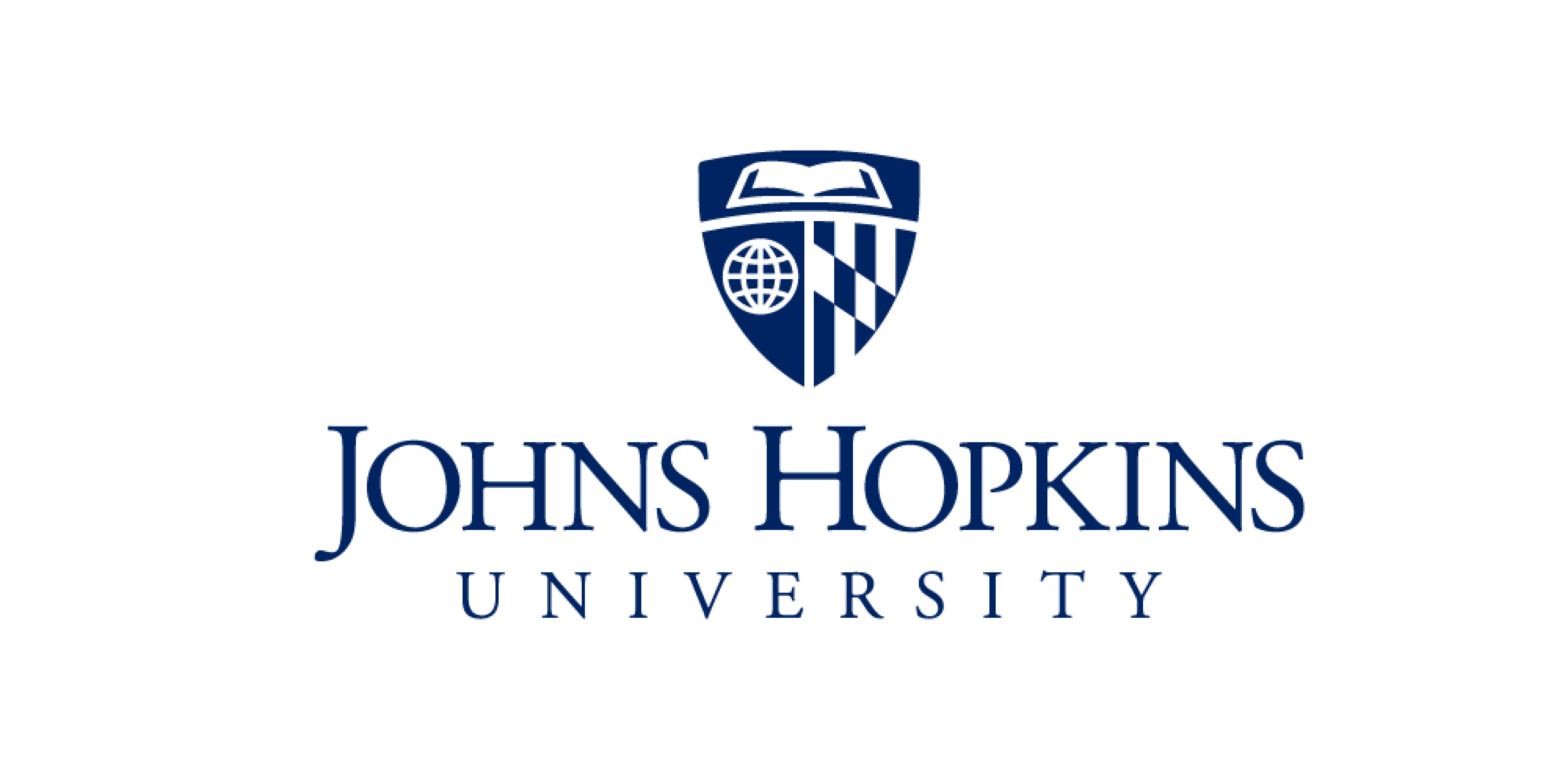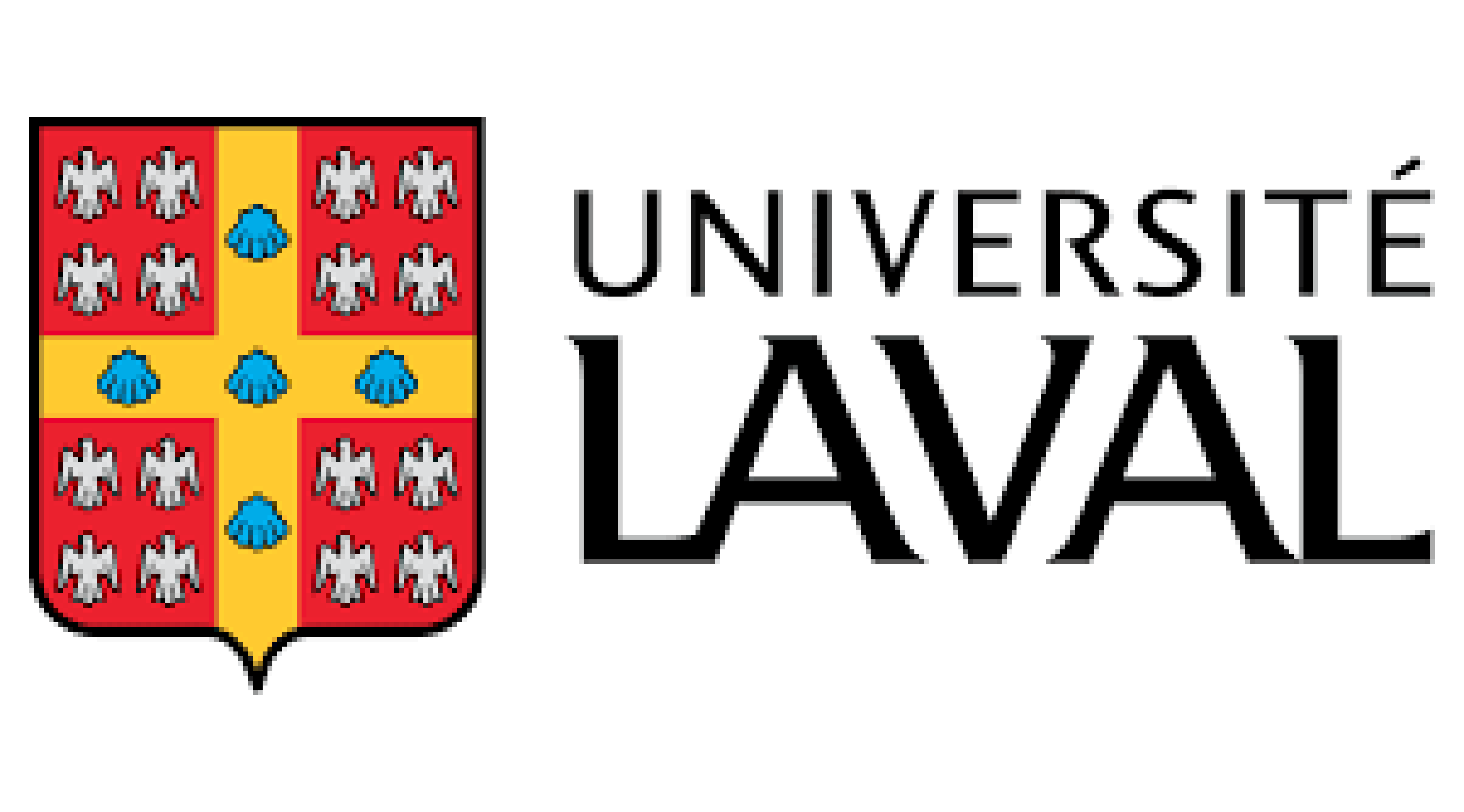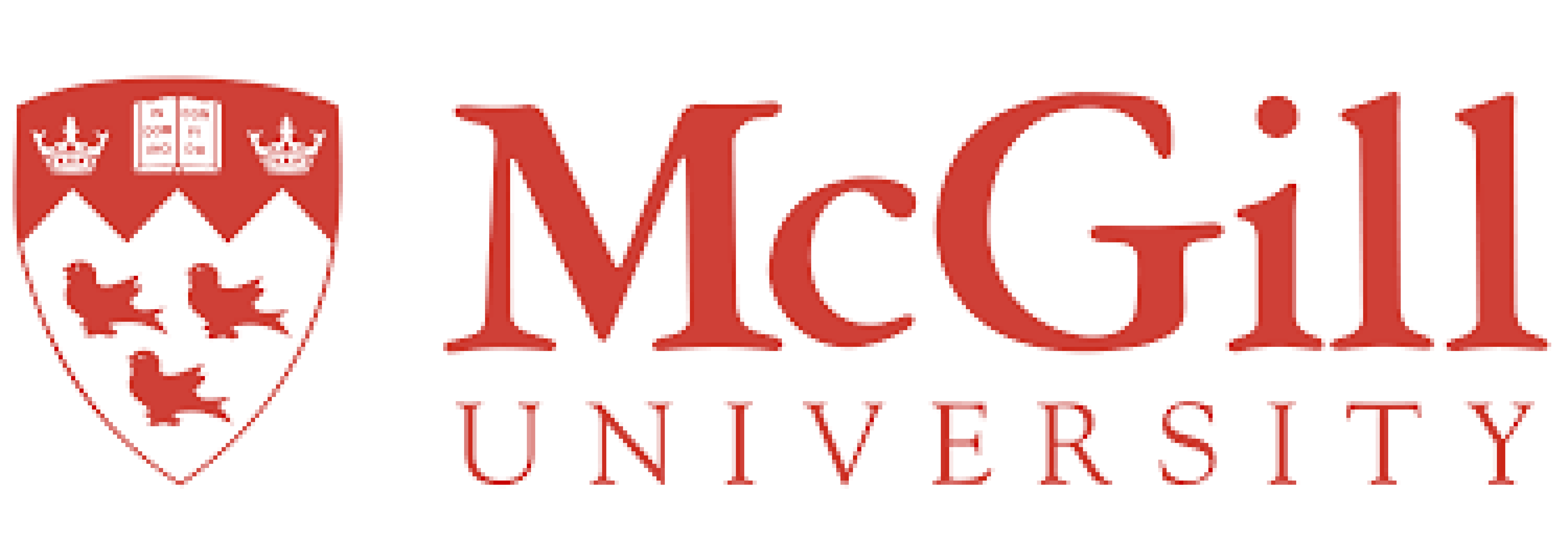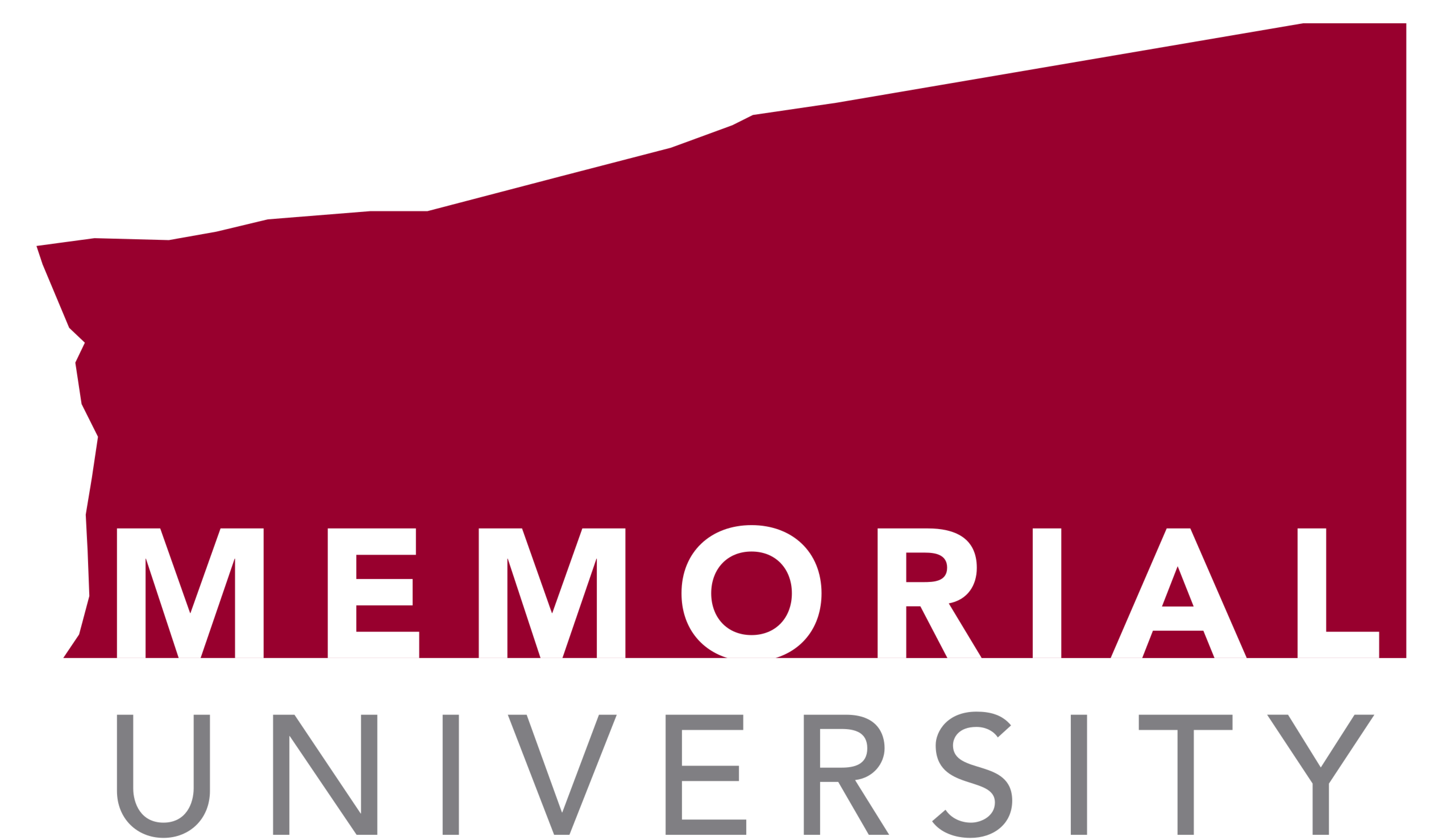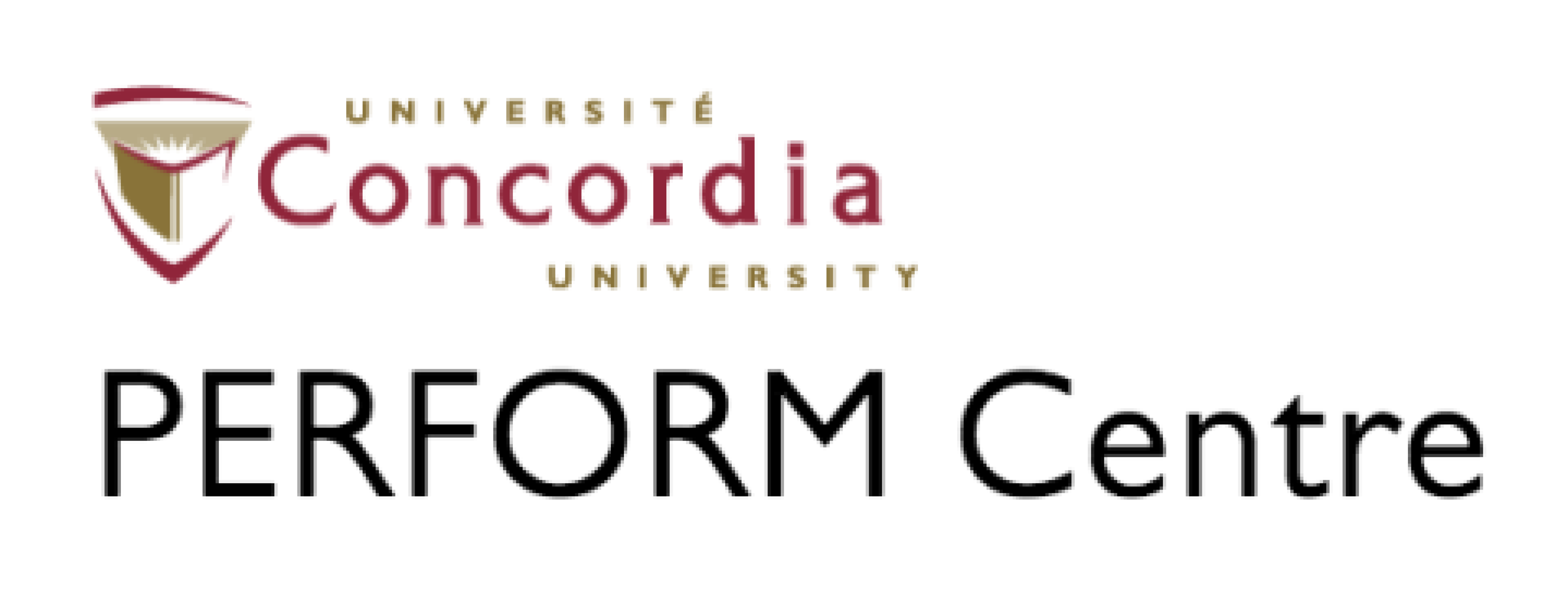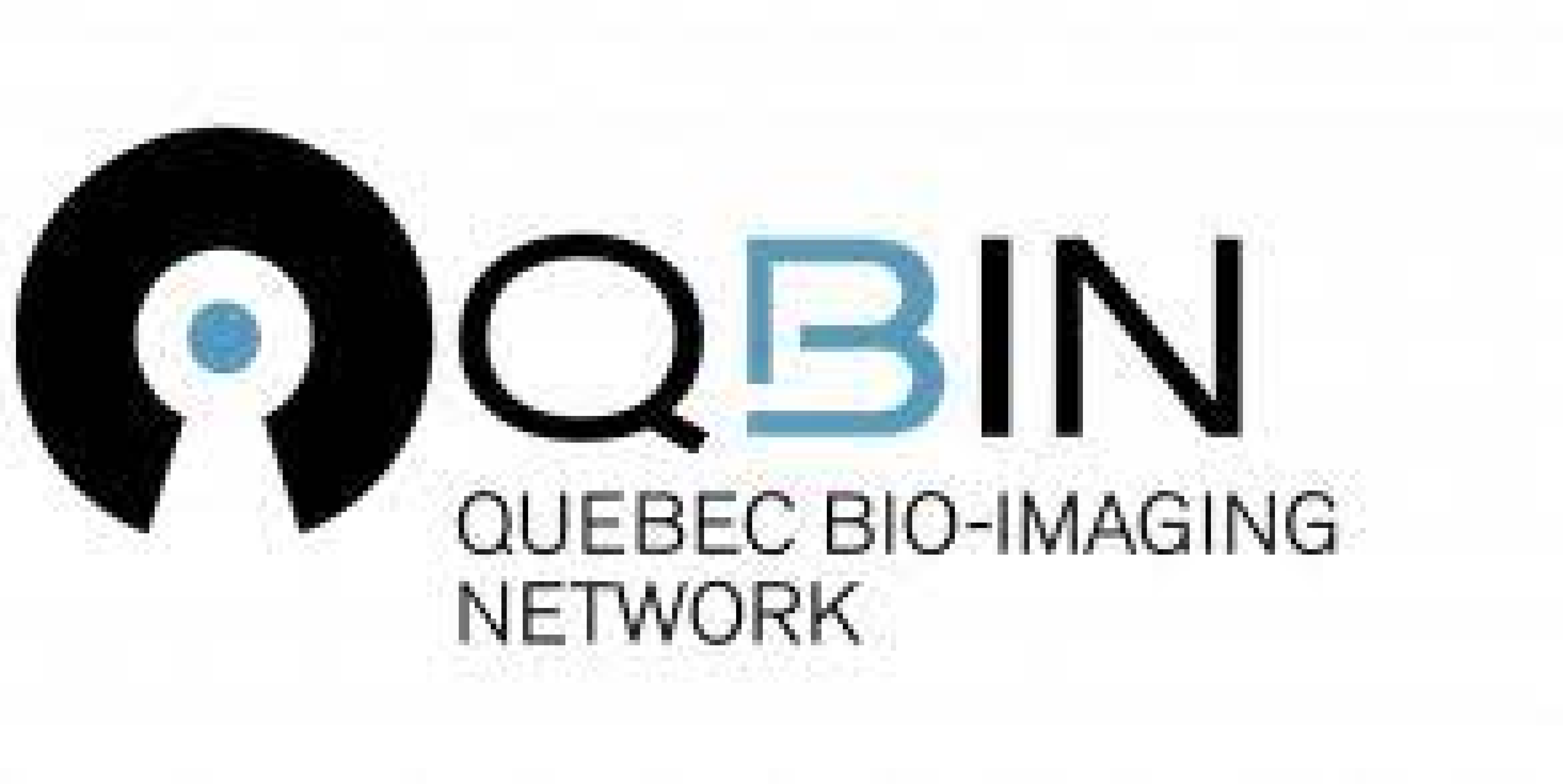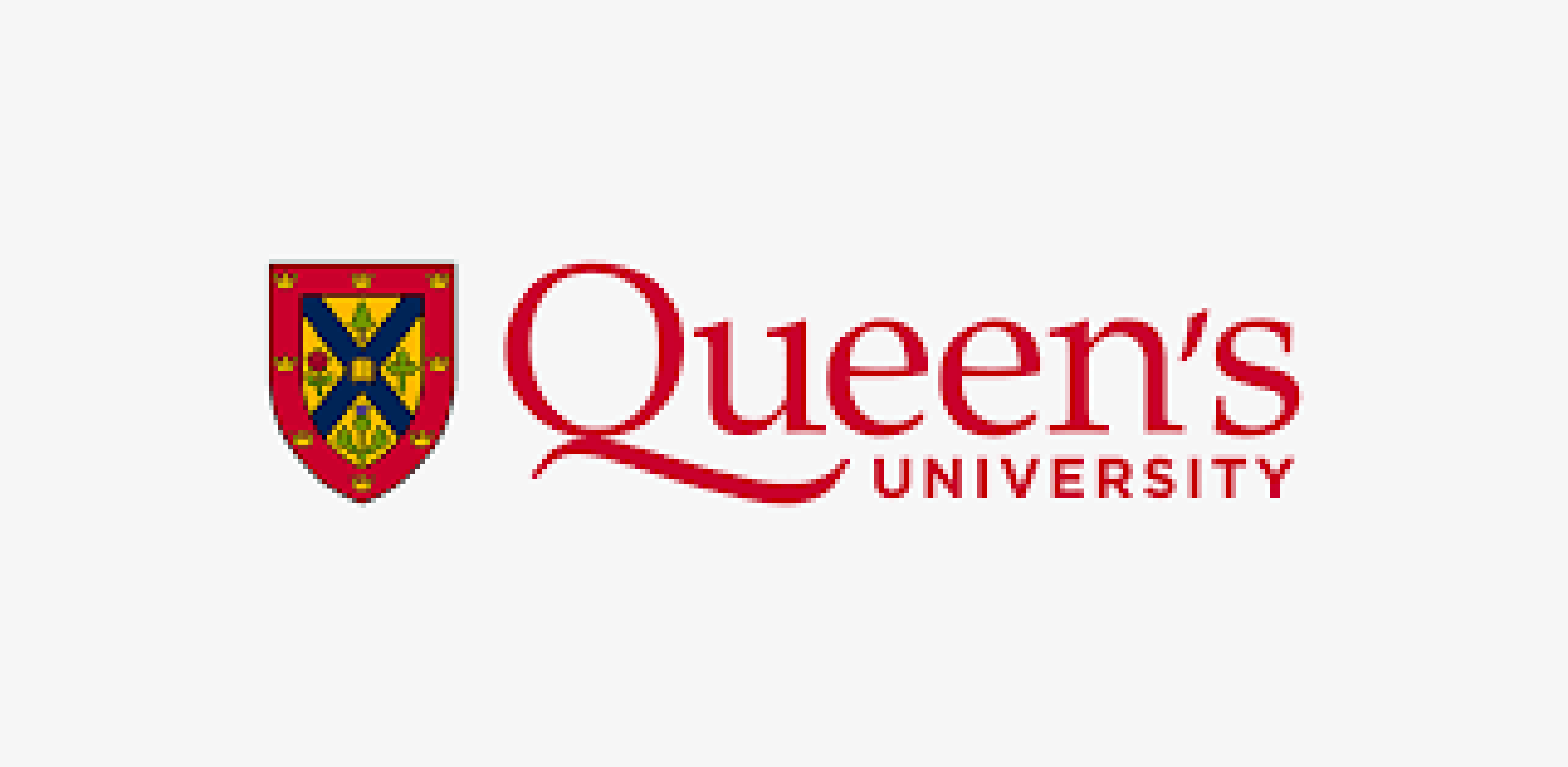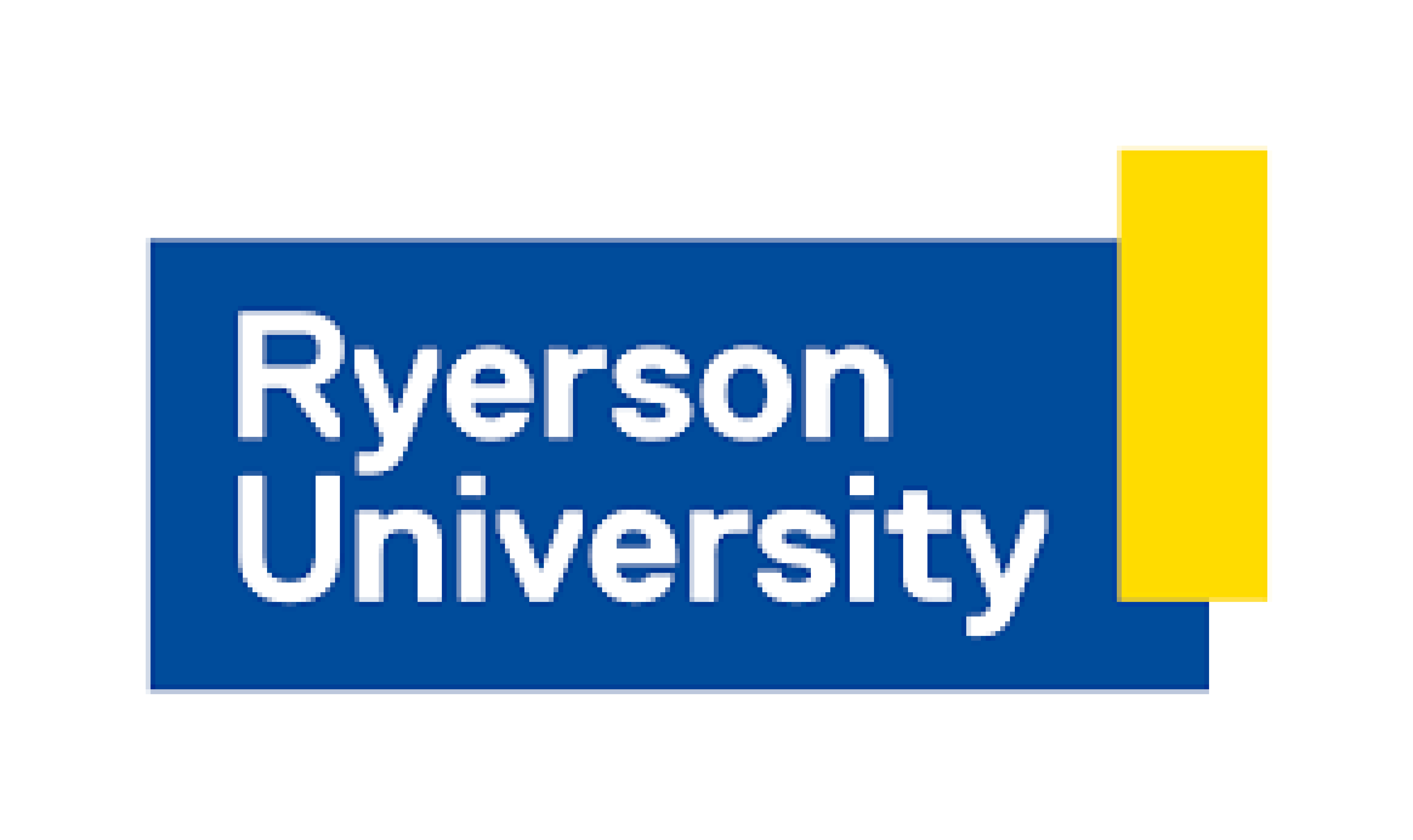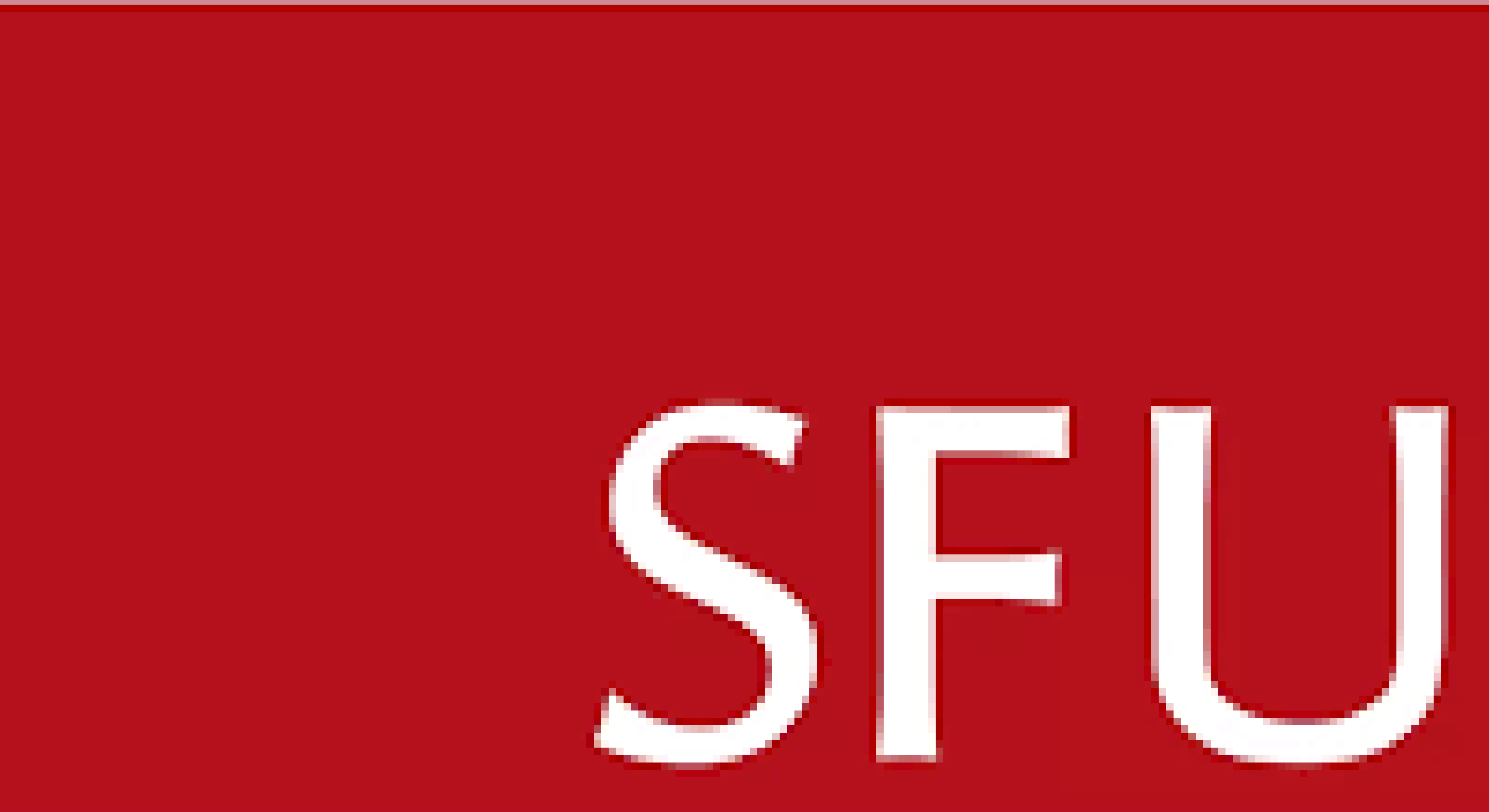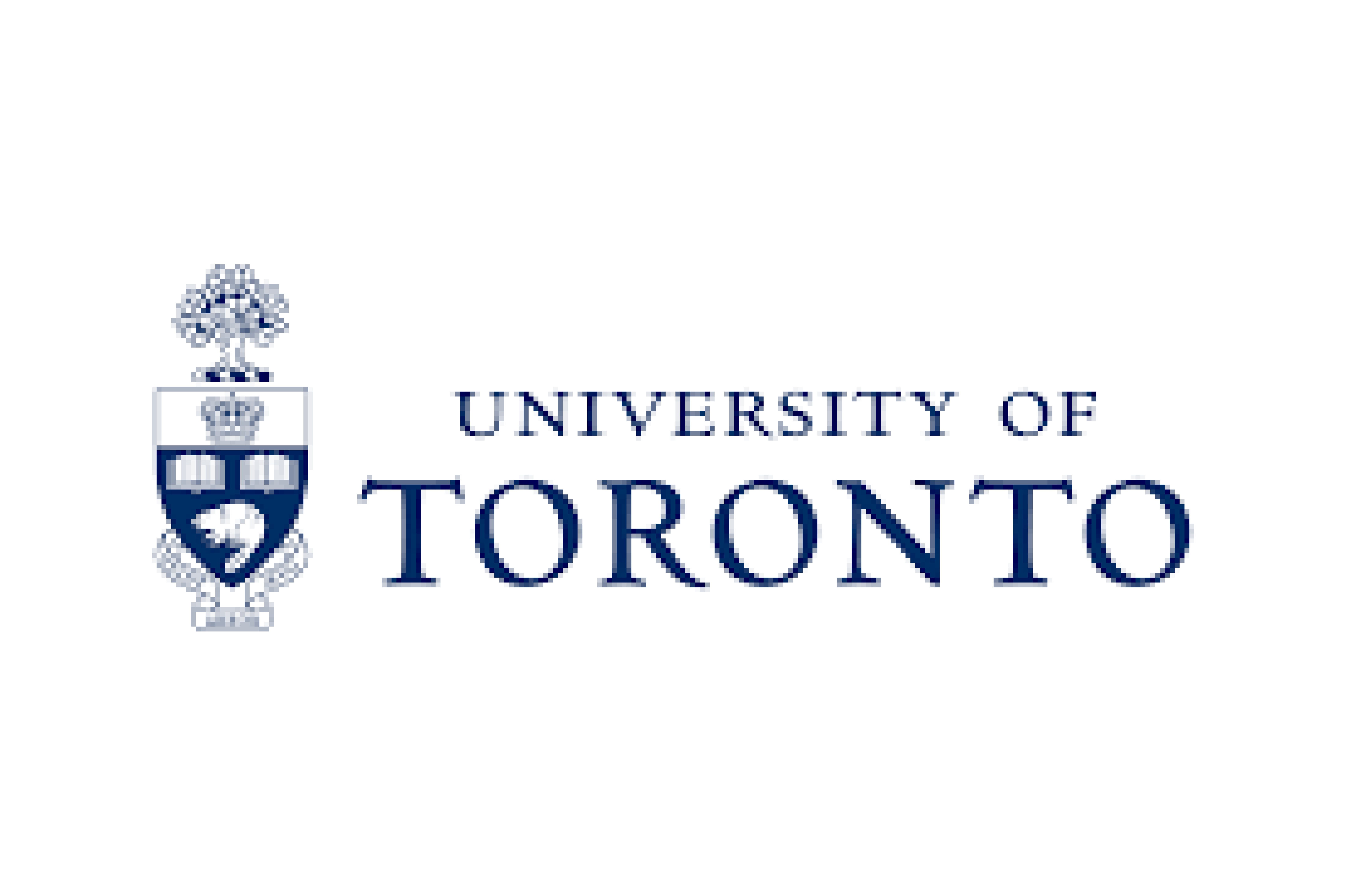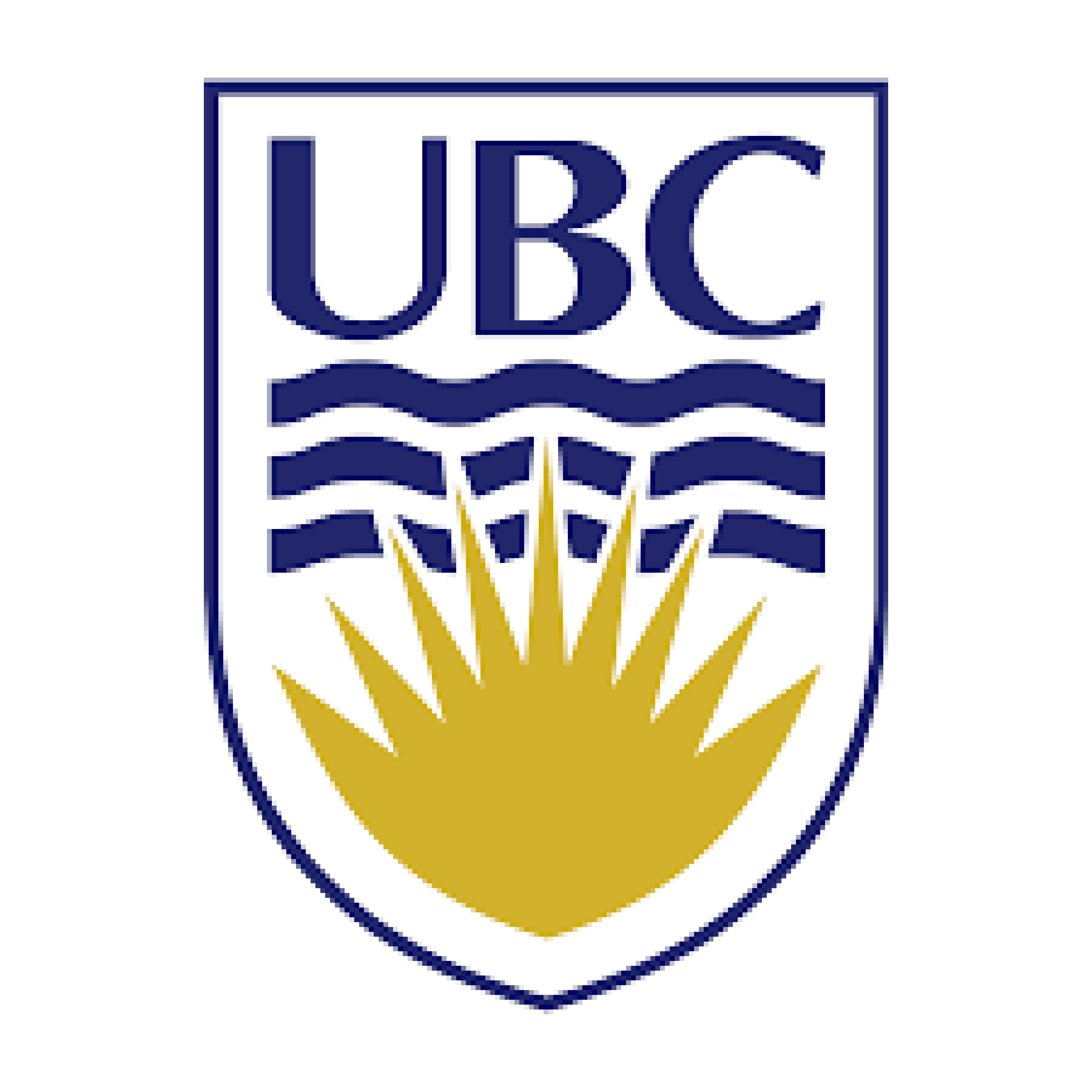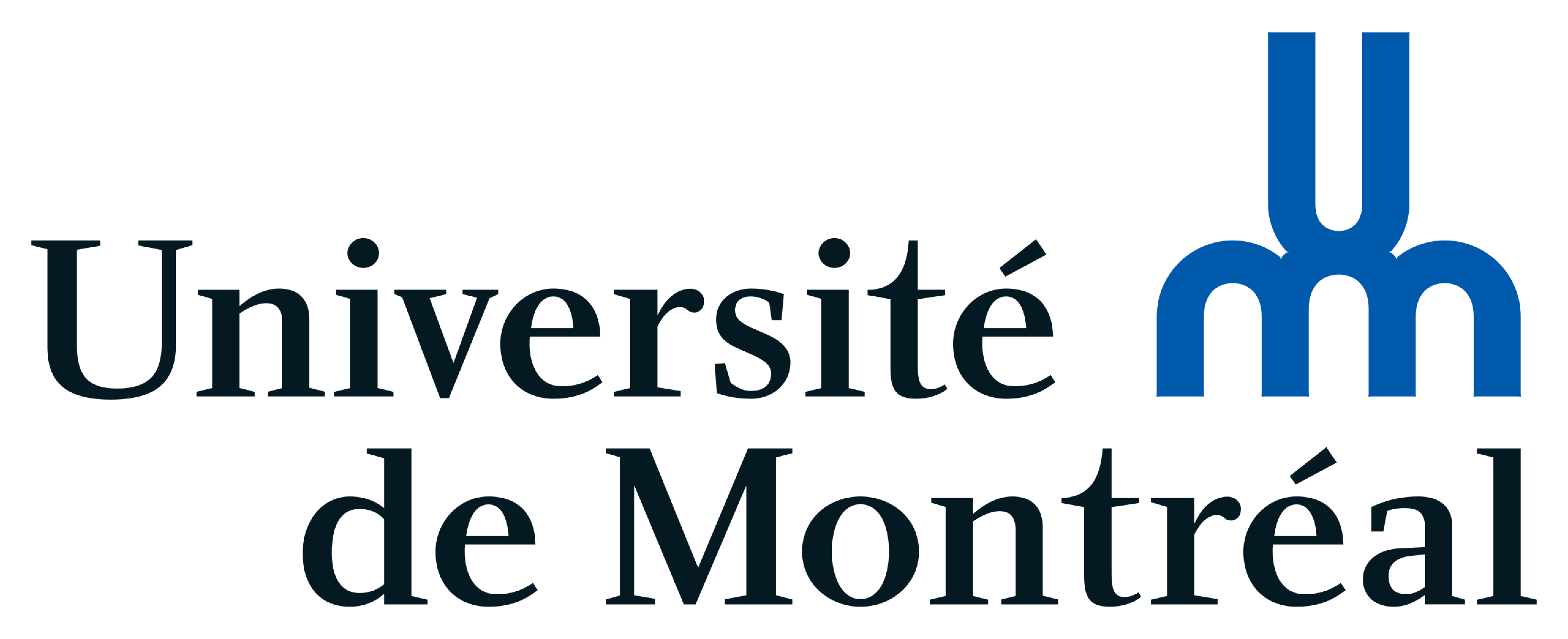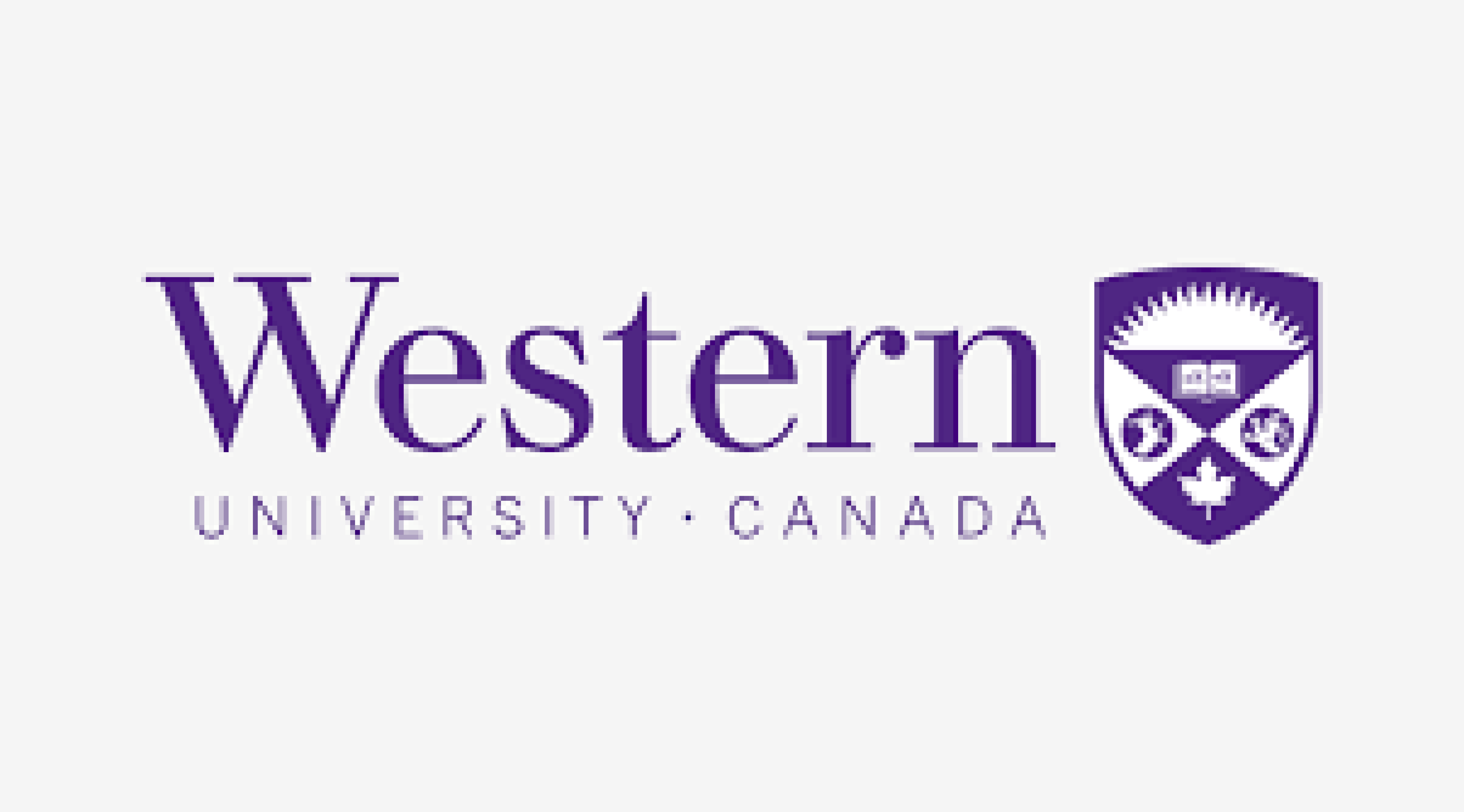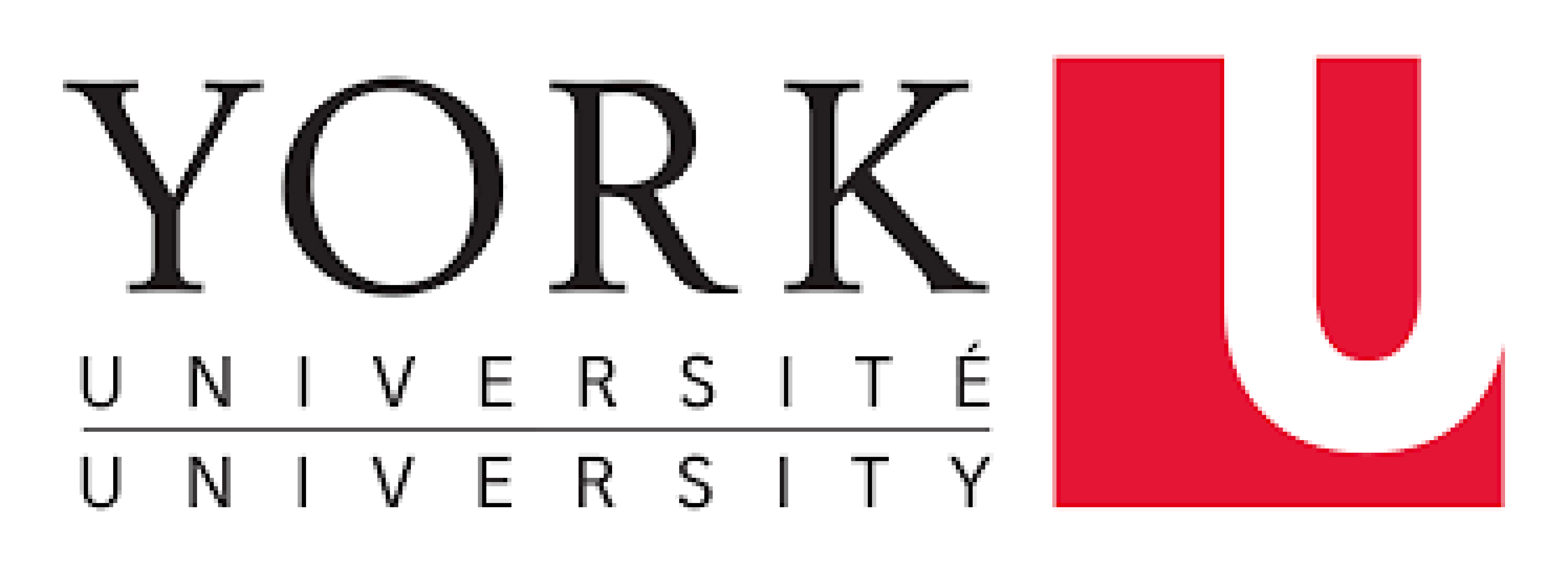Why Choose the United States for Your Education?
The United States of America, one of the world’s leading countries for every student aspiring to study abroad. The international reputation of USA degrees is well known and unbeatable.
- World-class education: The US boasts some of the top universities in the world, offering amazing academic opportunities across diverse fields. According to the QS World University Rankings 2024, 9 of the top 10 universities are in the US, including MIT, Stanford, and Harvard.
- Variety and flexibility: With over 4,000 accredited colleges and universities, the US offers an incredible range of programs and specializations to cater to almost any academic interest. This allows you to find the perfect fit for your educational goals and aspirations.
- Strong job market: The US economy is one of the largest in the world, and its job market is constantly evolving and creating new opportunities. International students with US degrees are highly sought-after by employers, both in the US and internationally. A 2023 report by the National Foundation for American Policy found that 87% of international students who graduated from US universities in 2019 were employed or enrolled in further education within 6 months.
- Cultural diversity: The US is a melting pot of cultures and ethnicities, providing a vibrant and enriching environment for international students. This exposure to diverse perspectives can broaden your worldview and prepare you for success in an increasingly globalized world.
- Research and innovation: The US is a global leader in research and development, with many universities and institutions at the forefront of scientific advancements. This can provide international students with unique opportunities to participate in cutting-edge research projects and gain valuable experience.
Ultimately, the decision of where to study abroad is a personal one, and these are just a few fac tors to consider. However, the statistical pointers above highlight some of the strong reasons why the US remains a popular and attractive destination for international students.
Additional factors to consider:
- Cost of education: Tuition fees in the US can be high, so it's important to factor in financial aid options and scholarships.
- Visa requirements: The US visa process can be complex, so it's important to start planning early and seek professional guidance if needed, we are here to help.
- Personal preferences: Consider your desired lifestyle, campus environment, and location when making your decision.

| Intake | Description |
|---|---|
| Fall | A popular intake starting in September, ideal for Indian students. |
| Spring | Begins in January, a great option if you miss the September intake. |
| Summer | Limited programs and colleges, typically starting around May. |


